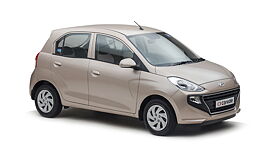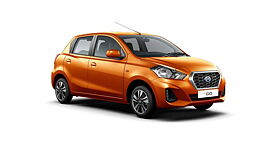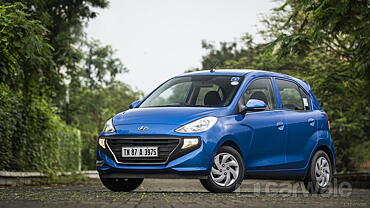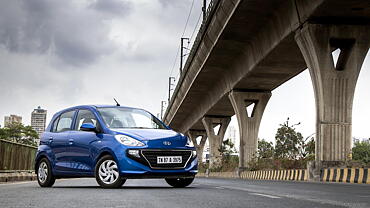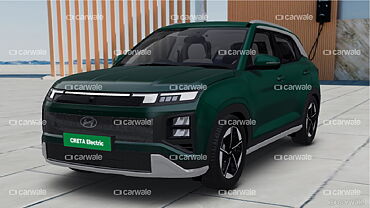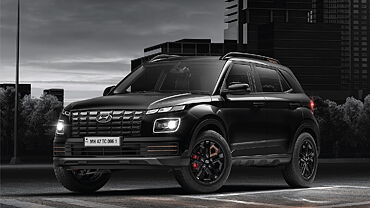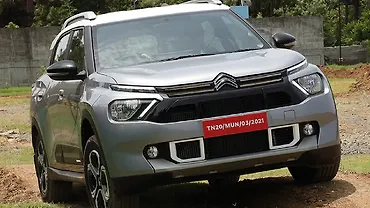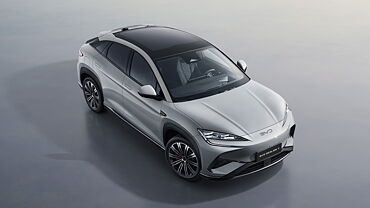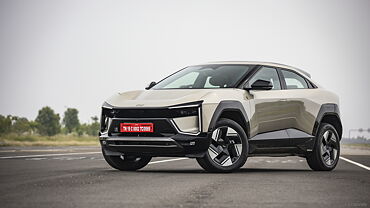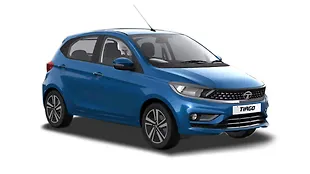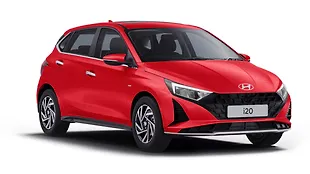
After a long wait and much anticipation, the new and resurrected Hyundai Santro is officially here. It carries a new design combined with a feature-rich cabin and is strategically priced as well. Hyundai has positioned the new Santro in the compact hatchback segment where it competes against the likes of Tata Tiago and Maruti Suzuki Celerio. It is also touted as an alternative to the Renault Kwid and the recently updated Datsun Go. So here is a spec comparison between the new Santro and the updated Datsun to see how they both fare on paper.
Exterior:
Appearance wise, the Santro is quirky looking, thanks to the wide gaping cascading grille with black treatment, a tall boy roof and that little kink on the rear window. At the rear of the Santro, the bumper gets a similar black insert to break the monotony. The wrap-around tail lights look simple with minimal design. However, the Santro misses out on alloy wheels but it does get body-coloured ORVMs with integrated indicators, body-coloured door handles and rear window wiper.
Compared to the older model, the updated Go gets a revised bumper design both fore and aft. The new front bumper is more aggressive and gets LED daytime running lights as well. The redesigned mesh grille keeps thing fresh and Datsun has also added new body colour and 14-inch diamond cut alloy wheels. These subtle styling updates have made the Go a significant alternative in the high volume entry-level segment.
Interior:
The cabin of the Santro is dominated by a new seven-inch touchscreen placed in between the large air-con vents. Below it, there are manual buttons for media control and rotary knobs for air-con control. The circular air-vents appears to have been taken out of a far more expensive vehicle. Interestingly, the window control switches are placed behind the gear lever. The Diana Green body colour of the Santro gets an all-black interior with similar green colour inserts all around the cabin. The Santro also comes with first-in-class rear vents.
Datsun has completely overhauled the cabin of the Go to bring it on par with its adversaries. So the centre console gets a Blaupunkt-sourced seven-inch touchscreen infotainment system. The dashboard is thoroughly revised with a new instrument cluster, proper glove box, and a conventional handbrake lever between the seats. Overall, there are improved quality materials seen inside. The feature list sees new additions in terms of power windows, electric mirror, rear parking sensors, dual front airbags, and rear window wipers for the first time.
Engine:
The Hyundai Santro is offered with a 1.1-litre petrol engine which is a four-cylinder unit producing 68bhp and 101Nm. Hyundai also offers a factory-fitted CNG variant in which the output is 58bhp/101Nm. Both versions get a five-speed manual as standard but the petrol also gets a five-speed AMT. However, at present, the AMT is only offered on the mid-level models.
Even after the update, the Datsun Go doesn’t get any changes in terms of powertrain. So under the hood is the same 1.2-litre three-cylinder petrol motor producing 67bhp and 104Nm which comes mated to the five-speed manual transmission.
Conclusion:
The Santro is a well-packaged car with a long feature list and better quality materials compared to the Datsun. The updated Go has become more desirable now than the older car. But it still lacks the quality which is Santro’s forte. Although the pricing and power output of the two are evenly matched, the Hyundai is backed by an extensive service network across the country.

